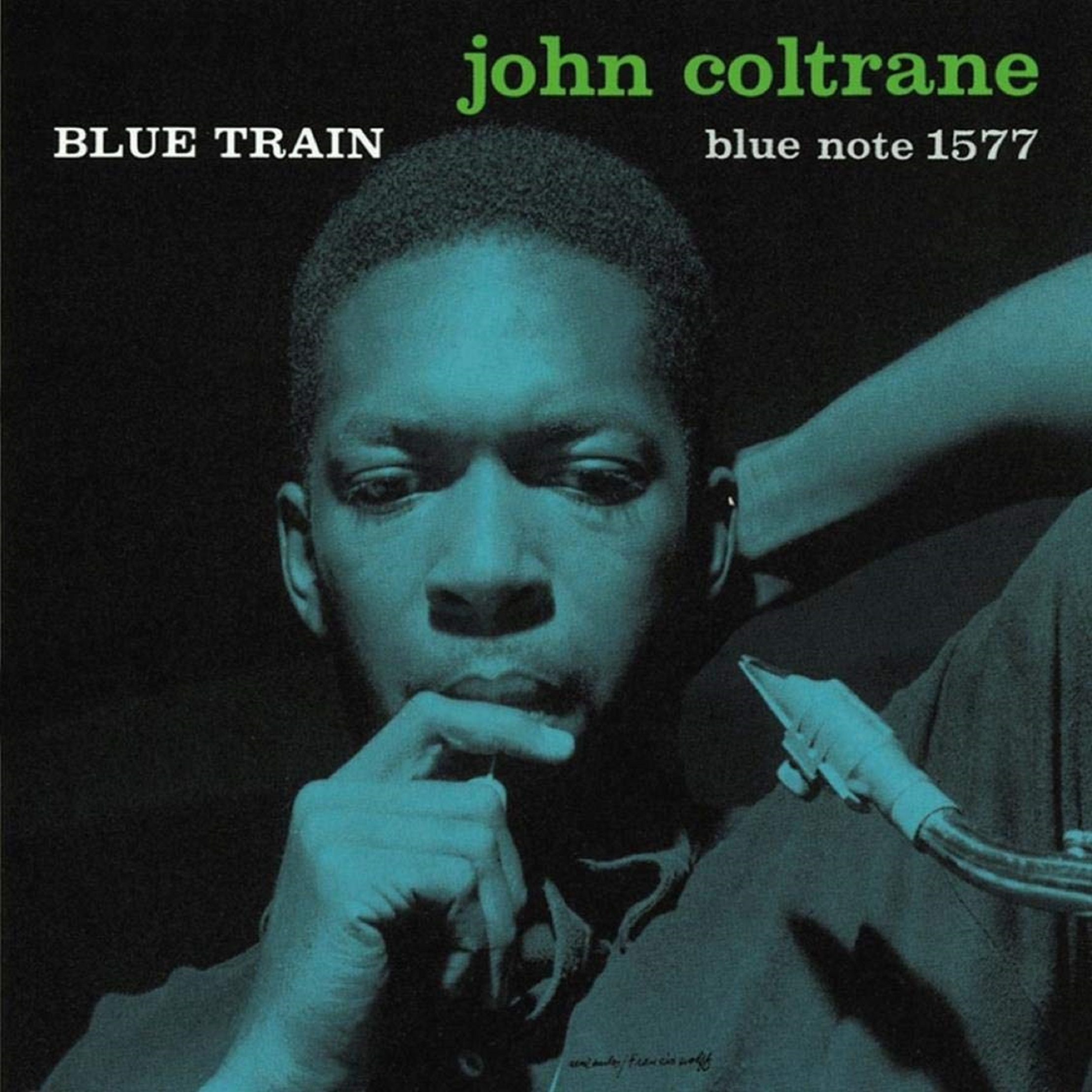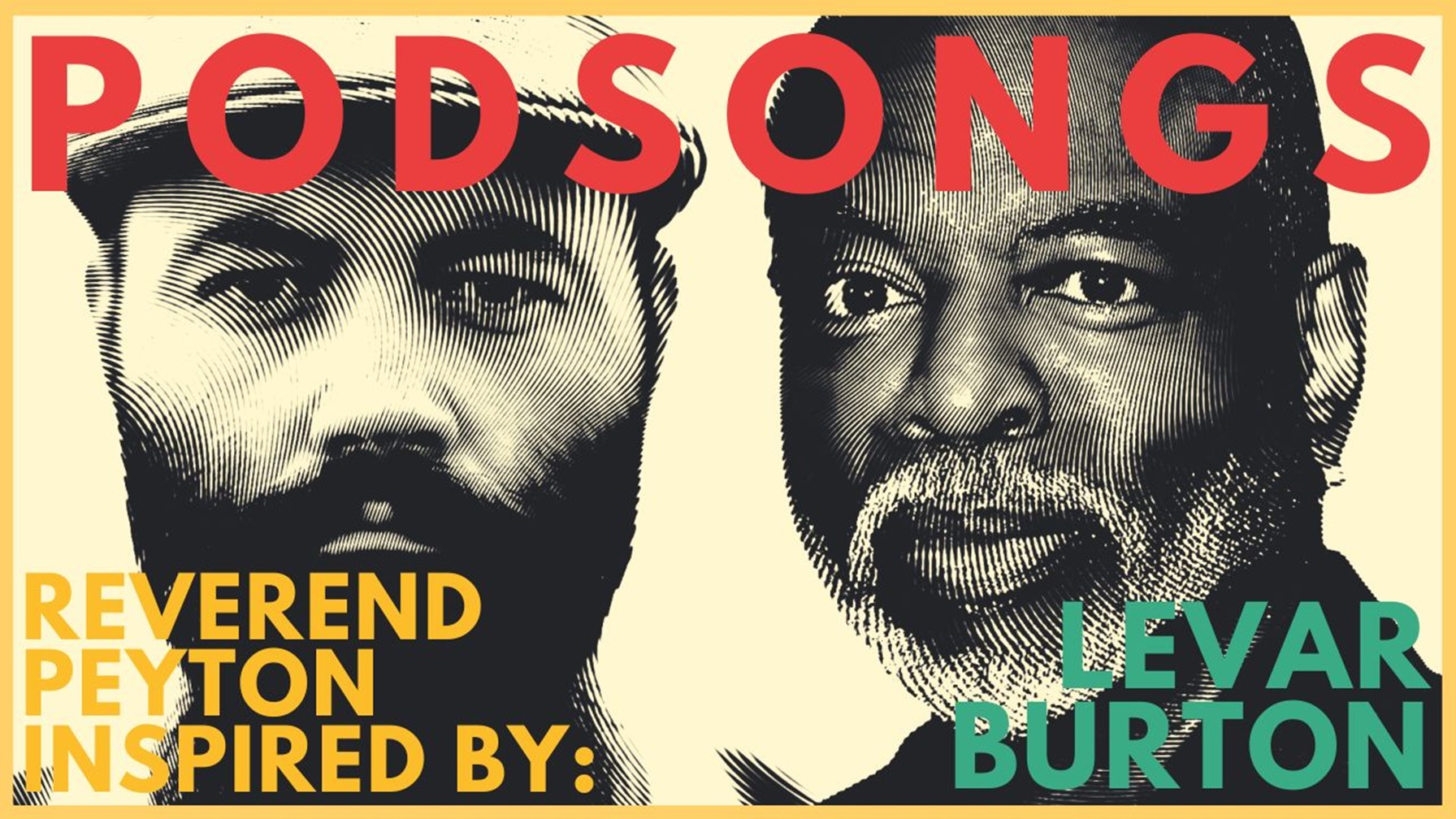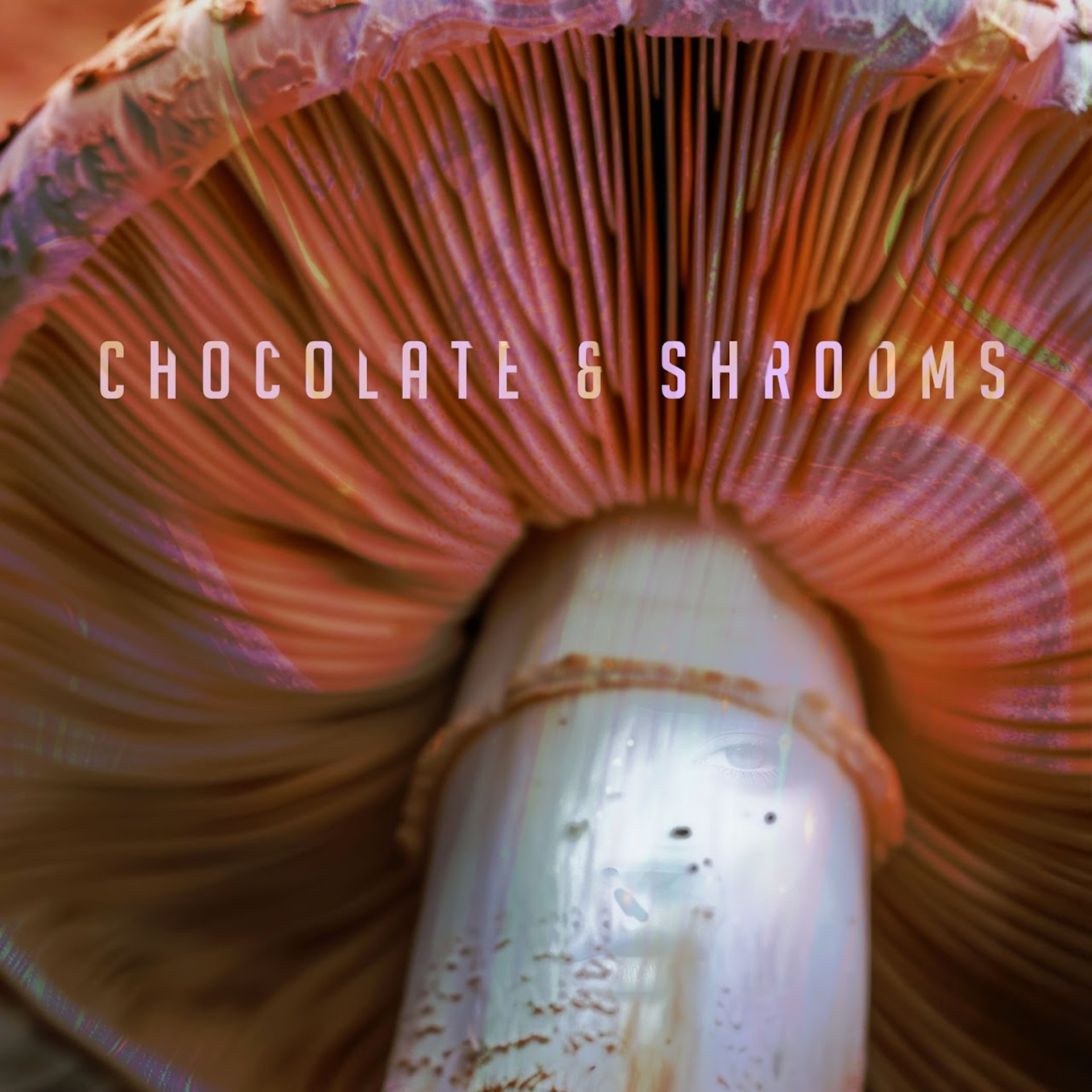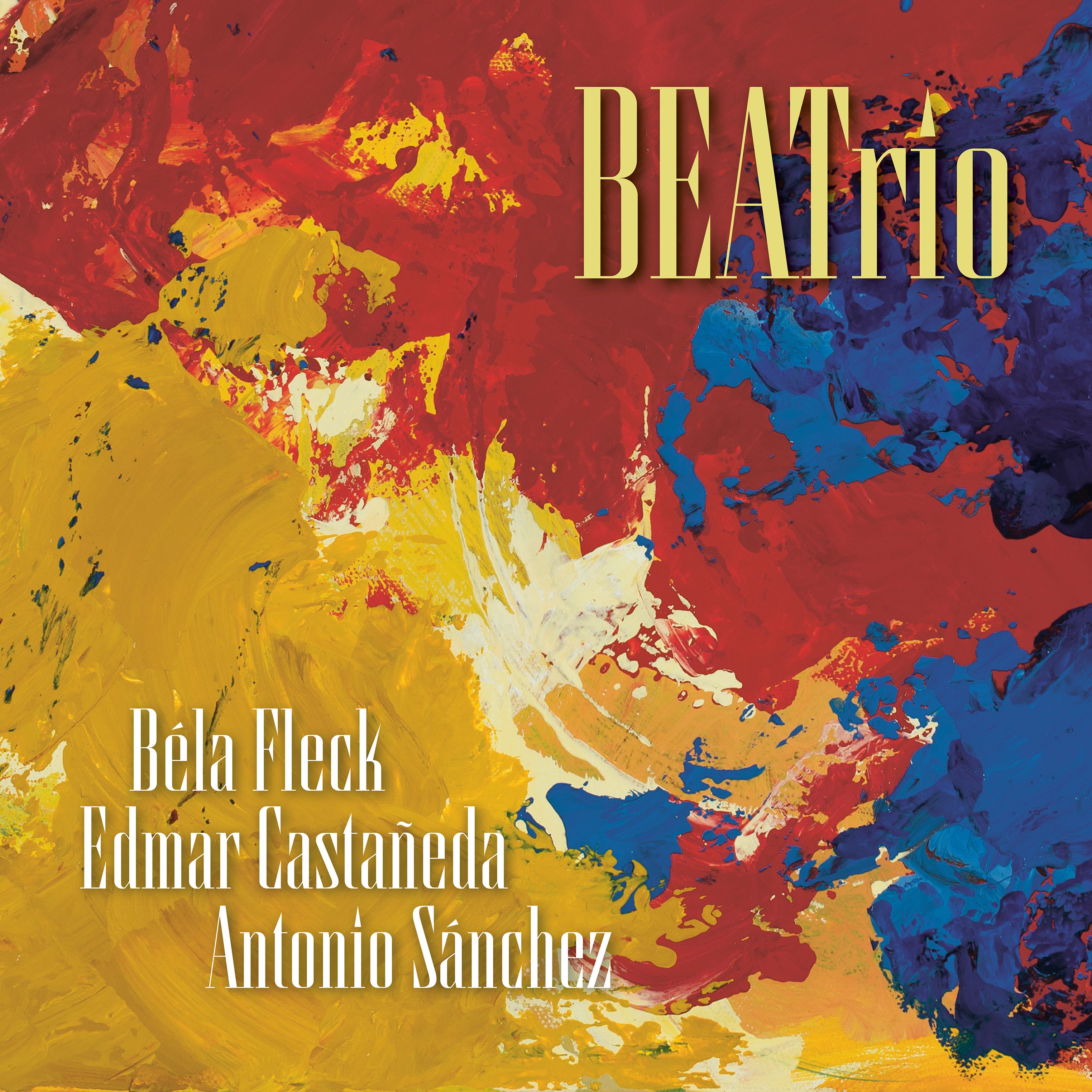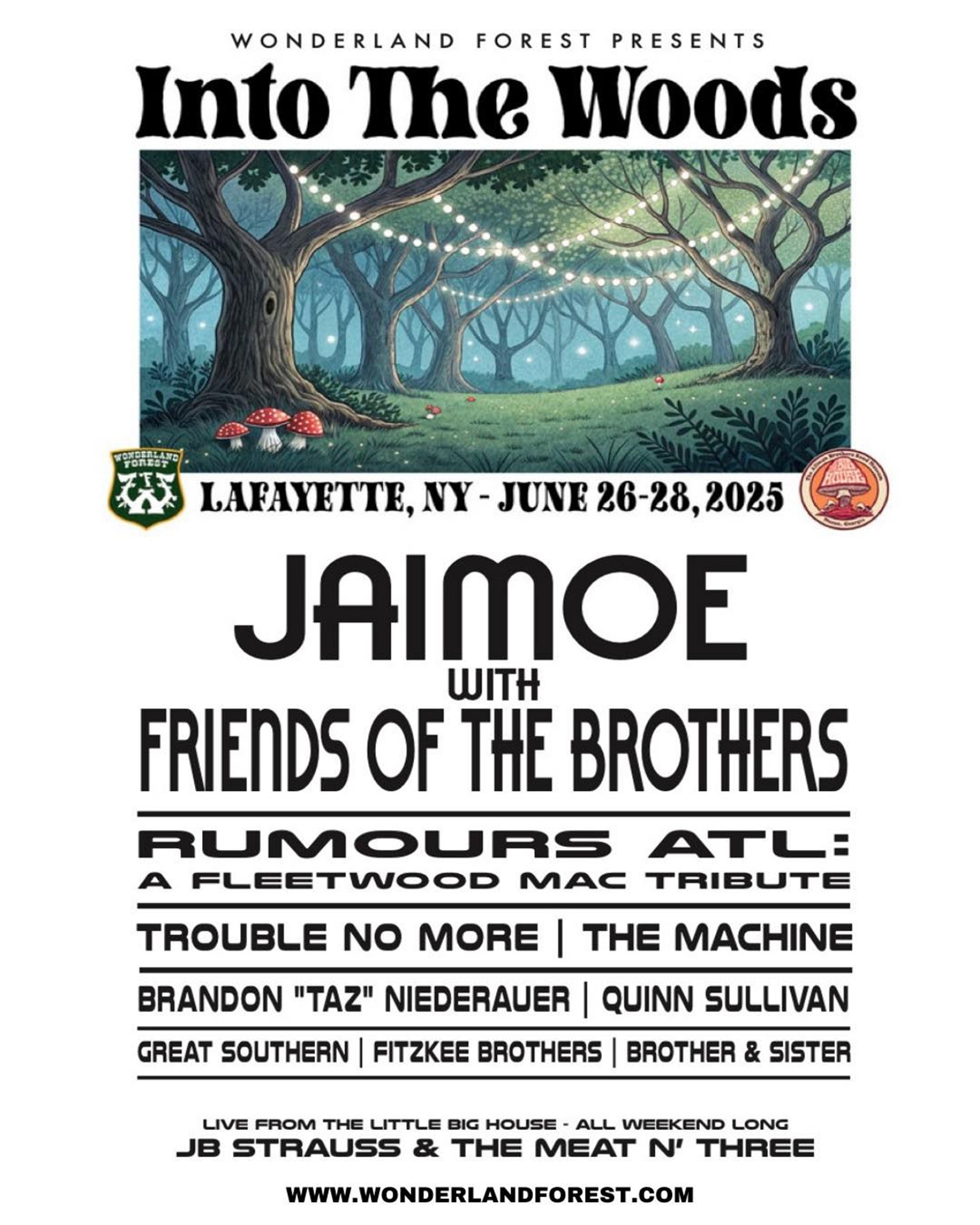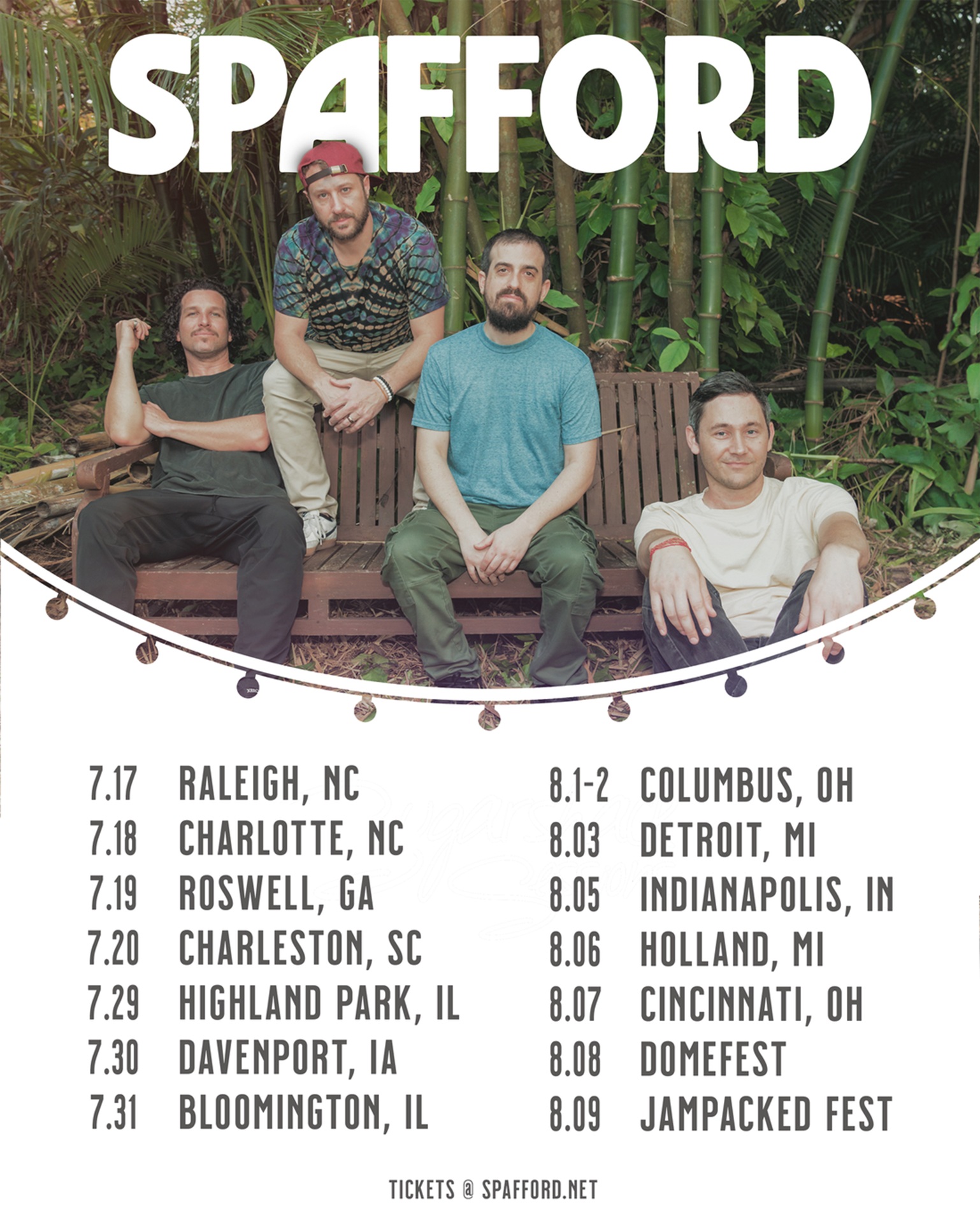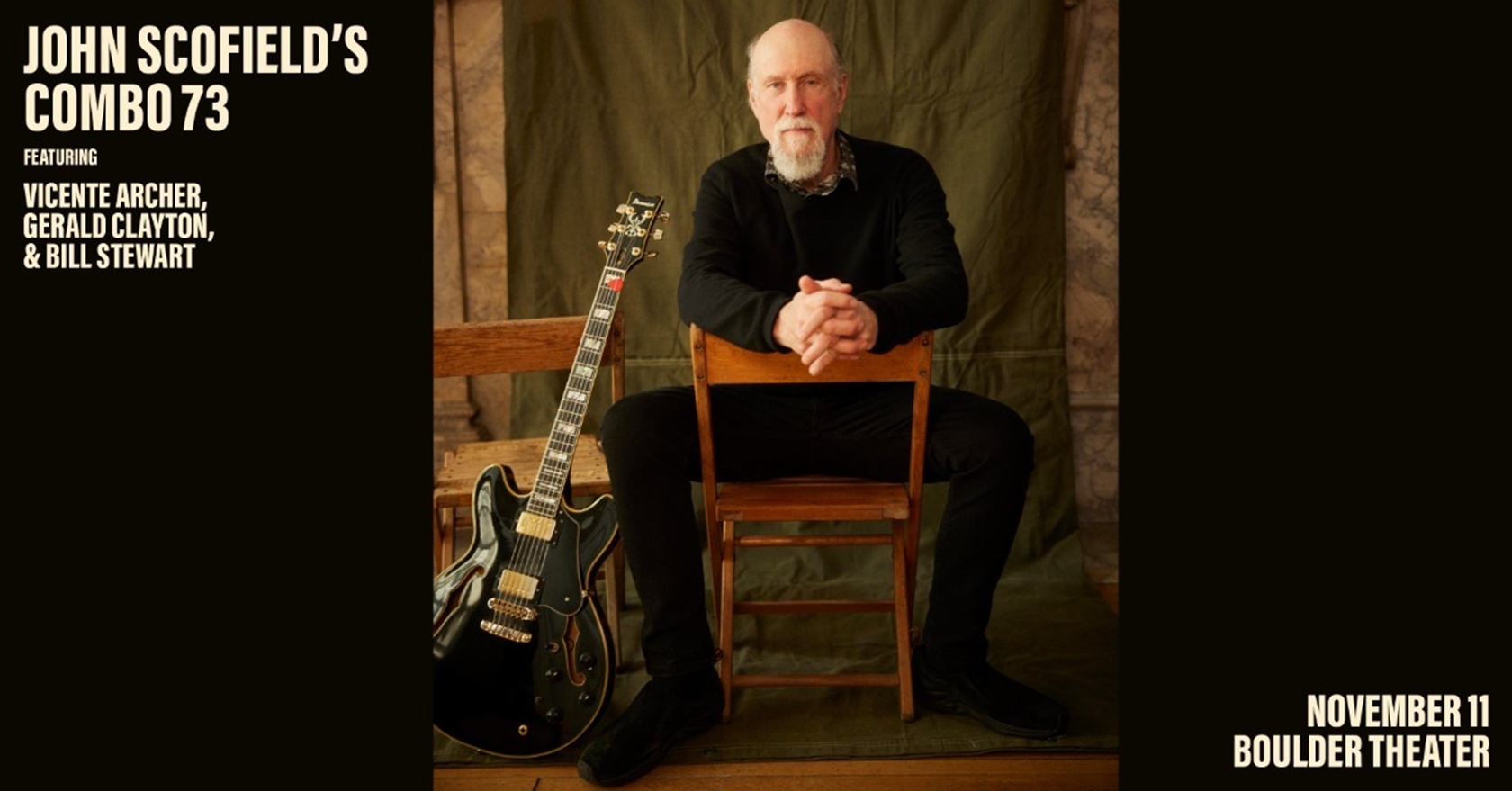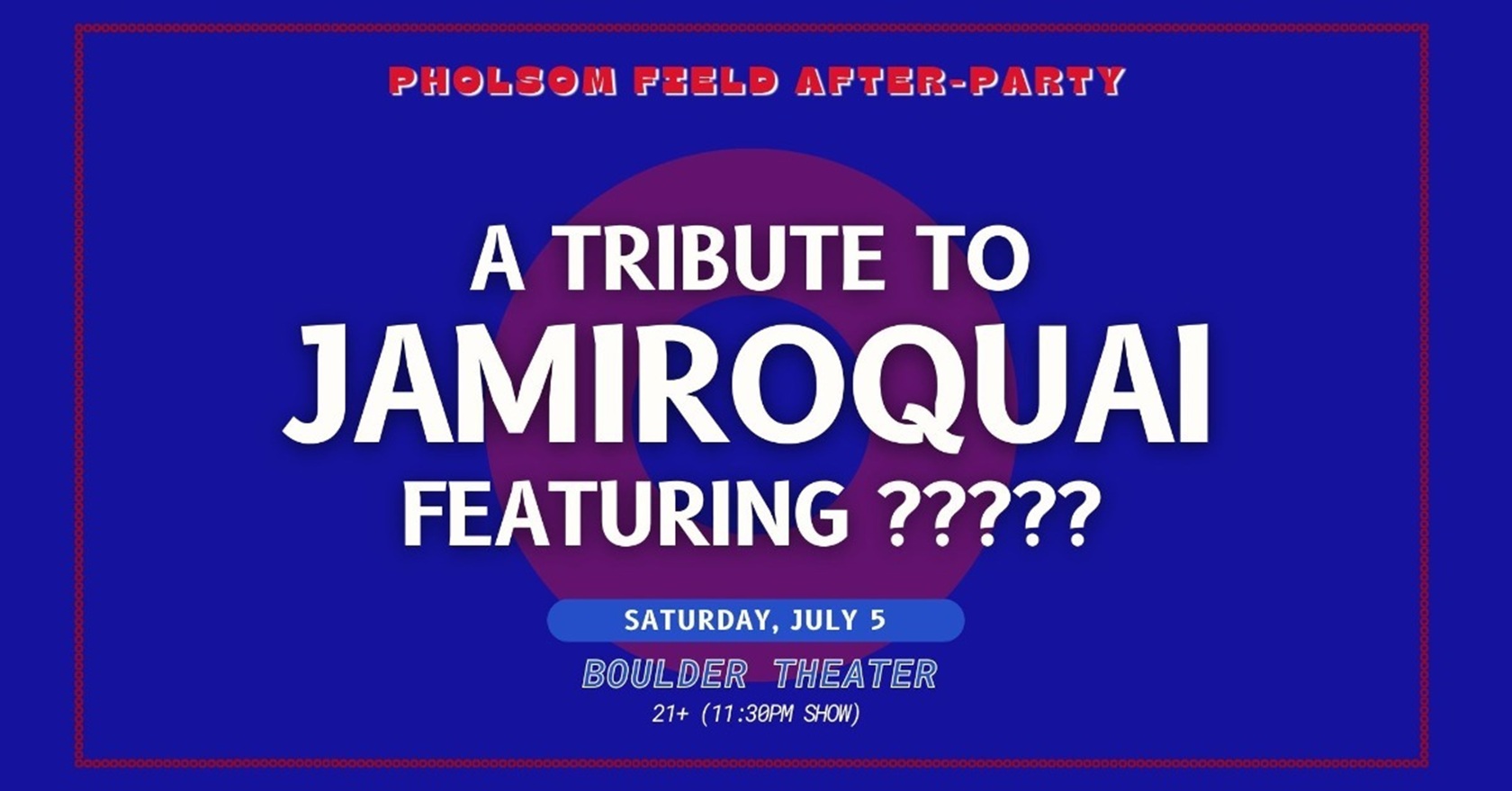In the chill of autumn's embrace, we mark the birth of John Coltrane, a figure whose presence loomed as vast as the heavens, yet whose mortal span was all too brief. Born in the small town of Hamlet, North Carolina, in 1926, Coltrane’s journey would begin humbly, yet soon ascend to the ethereal. Raised in the midst of the Great Depression, Coltrane discovered his voice through the saxophone, his instrument of prayer. His early years were marked by discipline and relentless pursuit, traits that would soon distinguish him from his peers.
It was with Dizzy Gillespie’s band in the late 1940s that Coltrane first gained recognition, but it was his work in the 1950s with Miles Davis that would forever alter the landscape of jazz. With Davis, Coltrane explored modal jazz, a kind of sonic architecture that stretched beyond the confines of the traditional chord progressions. The collaboration on Kind of Blue remains one of the most profound contributions to music—where time seemed to melt, and space opened for deep exploration.

But Coltrane was not one to remain anchored. His departure from Davis’s group marked the beginning of a new voyage. Like a ship cast into the unknown, he ventured forth with his own quartet. Giant Steps would become his declaration, a thundering symphony of virtuosic runs, cascading notes, and daring harmonic shifts. This was no mere performance—it was a rebirth of the saxophone as an instrument of both fire and light.
His playing was a tempest. It howled and it whispered, often within the same breath. The structure was always present, but so too was the freedom—the breath of improvisation that danced in the space between. As Jerry Garcia reflected, it was Coltrane’s "flow" that inspired him most, a sense that every note was part of a larger narrative, each tone a paragraph in a grand tale.
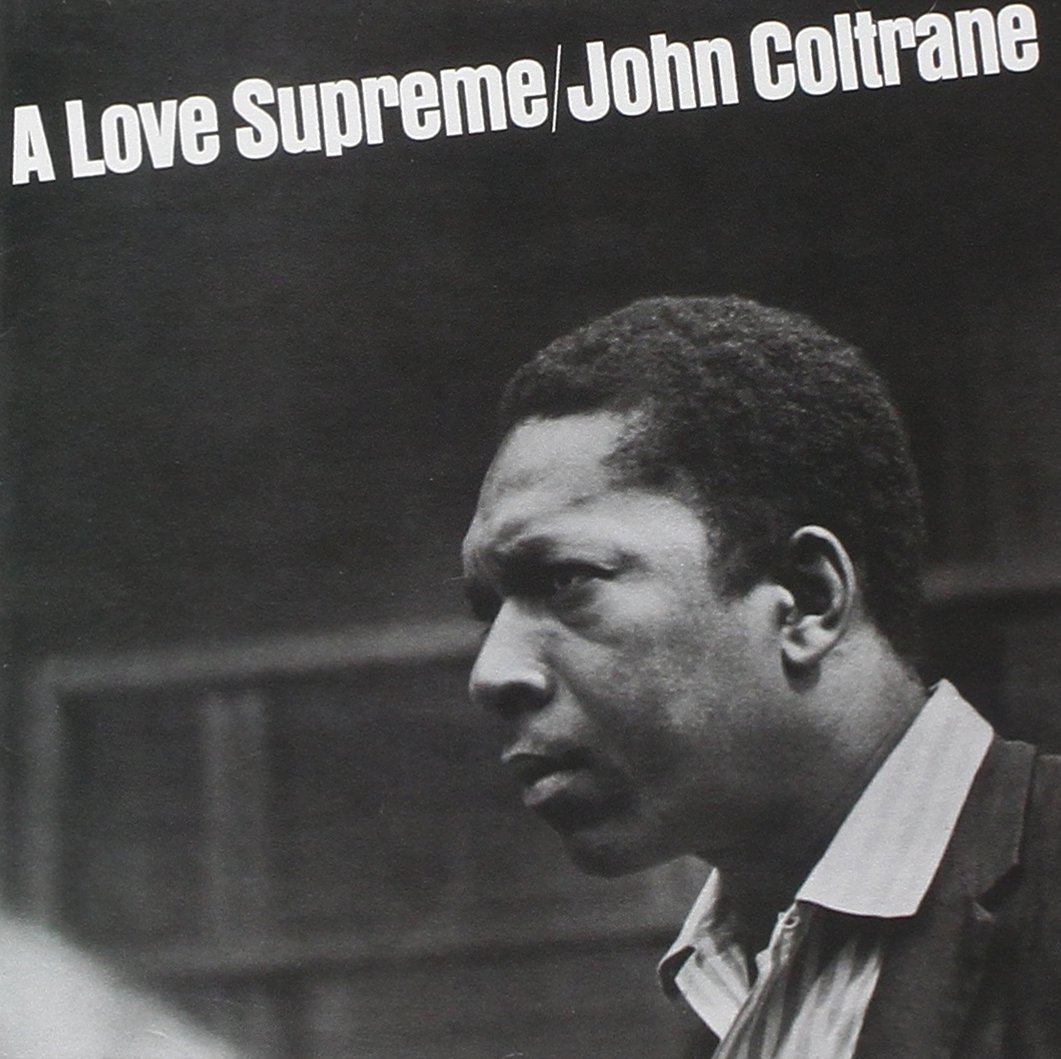
Coltrane’s impact on jazz is immeasurable, but to speak only of jazz is to confine him. His music rippled across genres, touching the hearts of rock musicians like Jerry Garcia, who, though never imitating, absorbed Coltrane's philosophy of flow and emotional transformation in his playing. Coltrane’s ability to shift, evolve, and transcend genre would resonate far beyond his time, reverberating through the ages.
Among his best-known works, we find 15 gems, each a world unto itself:
"Giant Steps" - A harmonic labyrinth where Coltrane navigates at breakneck speed, reimagining the possibilities of chord changes.
"My Favorite Things" - Coltrane’s soprano sax soars, transforming a simple show tune into a hypnotic, modal exploration.
"Naima" - A ballad of profound tenderness, named after his wife, this piece reveals the soul within the virtuoso.
"A Love Supreme" - A spiritual offering, this suite moves through four movements, blending prayer, meditation, and exultation.
"Blue Train" - An early triumph, its bluesy core is elevated by Coltrane’s intricate lines and emotive depth.
"Equinox" - A nocturnal, meditative piece where Coltrane’s tenor sax resonates like a voice in the dark.
"Impressions" - An intense, fast-paced improvisation, a testament to his technical prowess and emotional depth.
"In a Sentimental Mood" - His collaboration with Duke Ellington showcases Coltrane’s ability to bring lyricism and grace into even the most structured settings.
"Afro-Blue" - Rhythm takes center stage here, Coltrane’s tone as smooth as it is fiery, dancing over African-inspired beats.
"Cousin Mary" - A blues-drenched romp that displays Coltrane’s playful side while retaining his unmistakable intensity.
"Moment’s Notice" - Like "Giant Steps," this piece is a technical tour de force, but there’s an elegance beneath the speed.
"Alabama" - A mournful cry for justice in response to the 1963 Birmingham church bombing, this piece moves like a lament.
"India" - A swirling mix of Eastern motifs and jazz, Coltrane’s fascination with world music is at the forefront here.
"Out of This World" - Indeed, Coltrane takes us beyond the earth, his improvisations cosmic in scale, leaving space behind.
"Central Park West" - Coltrane’s softer side, where his sax whispers through a cool breeze of chordal simplicity.
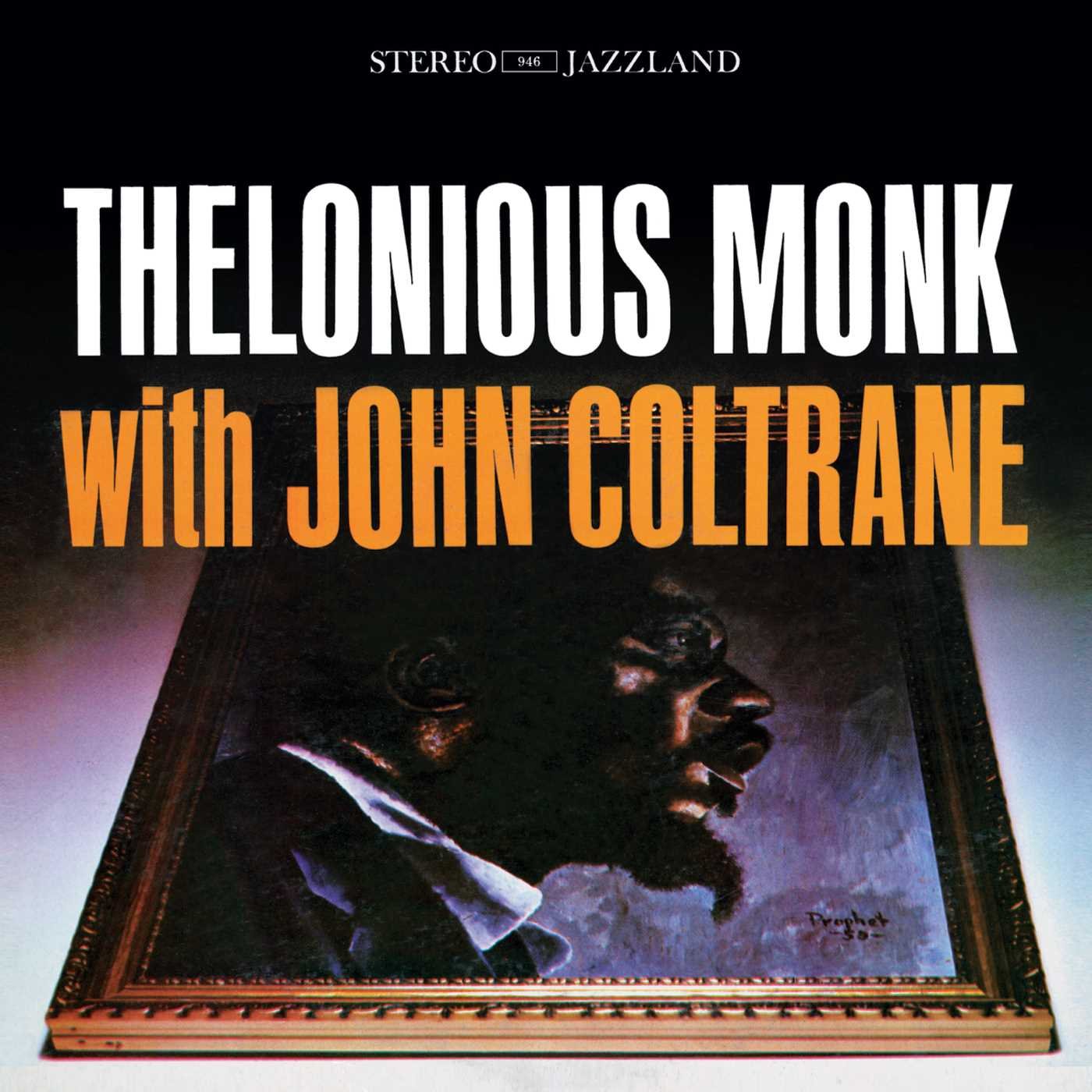
Coltrane's collaborations were as legendary as the man himself. His work with Miles Davis was but one of many. Coltrane joined Thelonious Monk for a brief, yet stunning collaboration at New York’s Five Spot, where Monk’s angular rhythms intertwined with Coltrane’s sheets of sound. Each performance felt like the forging of new musical worlds. Their recording of "Ruby, My Dear" remains a masterclass in conversational playing between giants.
As Coltrane’s career ascended into the 1960s, his experimentation grew bolder, eventually leading him to the edge of avant-garde. Albums like Ascension and Meditations expanded jazz’s boundaries to the breaking point, incorporating free improvisation and dissonance in a way few had dared. His influence spread across generations—jazz musicians, rock guitarists, and even classical composers found in Coltrane a beacon of innovation.
Yet, the candle that burns twice as bright lasts half as long. In 1967, Coltrane’s journey was cut short by liver cancer. He was only 40 years old, yet in that brief span, he had altered the course of music forever. His saxophone, once a simple instrument of brass and reed, had become an oracle—a conduit for the divine.
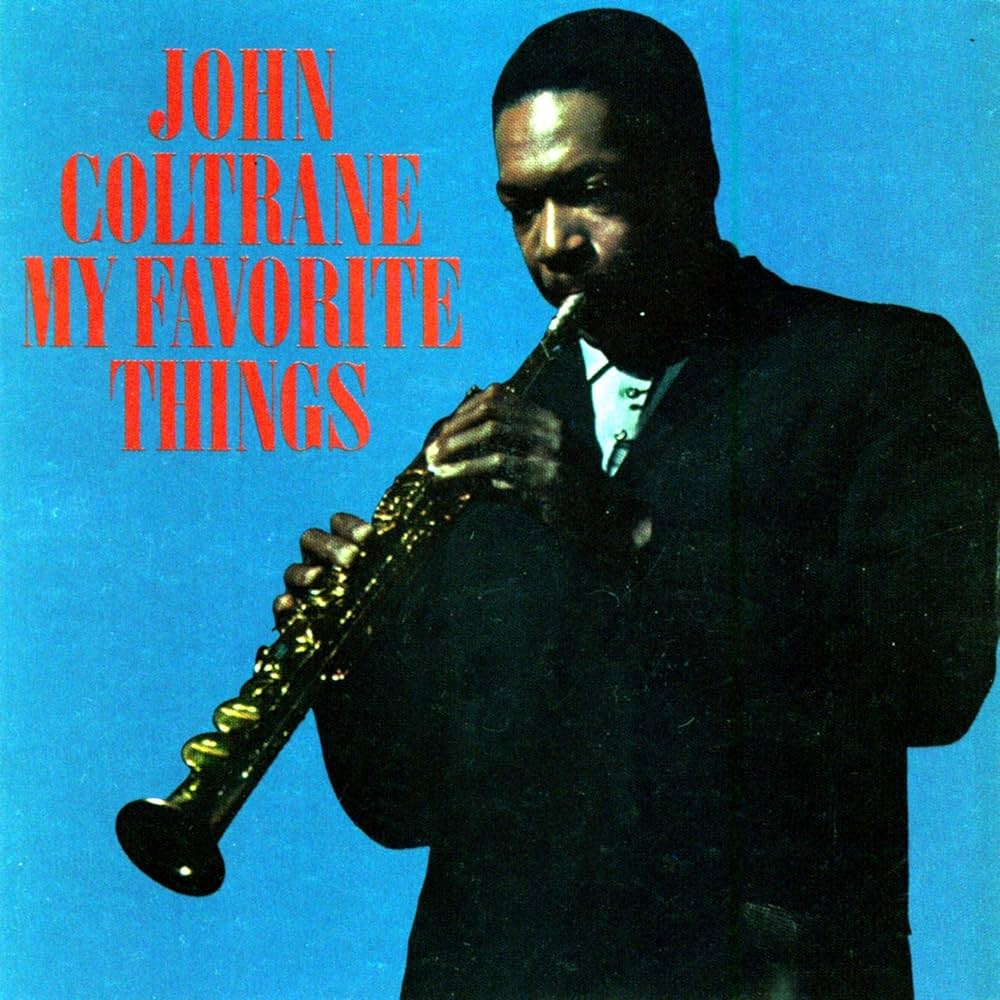
The echoes of John Coltrane’s horn still resonate. They hum in the chordal shifts of modern jazz, in the flowing improvisations of musicians like Jerry Garcia, and in the heartbeat of every musician who dares to look beyond the horizon, into the unknown, and say, "There, too, can music live."





